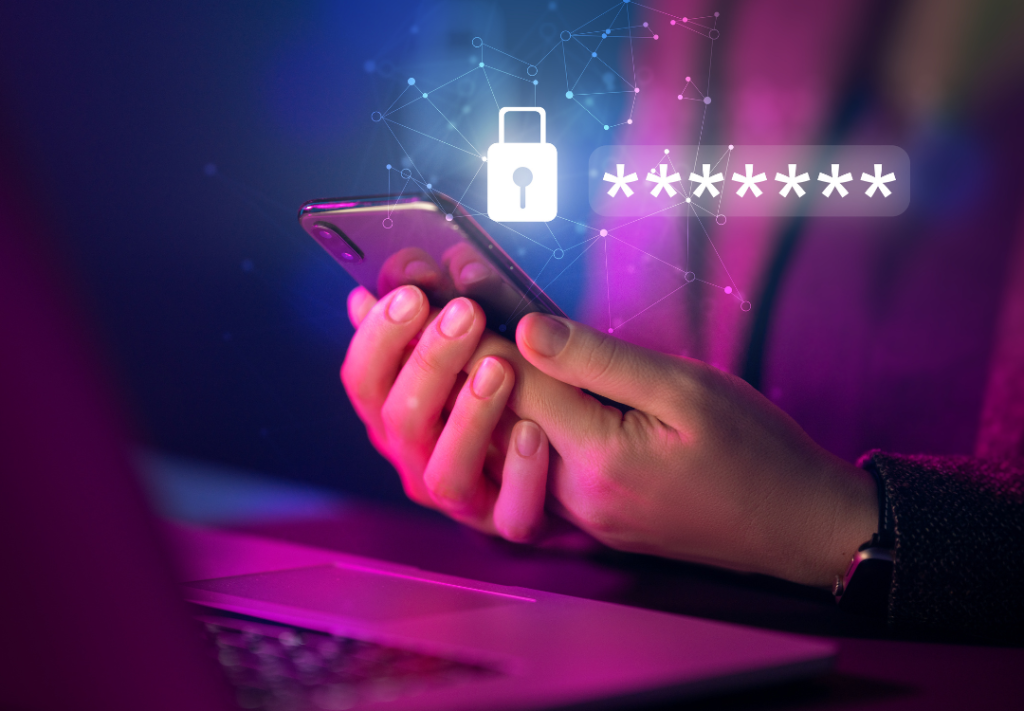In an increasingly digital world, cybersecurity threats are evolving at an alarming rate. Cybercriminals are becoming more sophisticated, leveraging advanced tactics and technologies to breach systems, steal data, and cause disruption. Businesses and individuals alike need to stay vigilant against these ever-growing threats to protect their valuable assets. In this blog, we’ll explore some of the top cybersecurity threats today and the best practices to defend against them.
1. Phishing Attacks
Phishing is one of the most common and dangerous cybersecurity threats. Cybercriminals use phishing attacks to trick individuals into providing sensitive information such as usernames, passwords, and credit card details. These attacks often come in the form of seemingly legitimate emails that look like they come from trusted sources, such as banks, social media platforms, or even colleagues.
How to Defend Against Phishing:
Education and Awareness: The most effective way to defend against phishing is through education. Teach employees and users to be wary of unsolicited emails, especially those that ask for personal information or include links to unfamiliar websites.
Verify Emails: Always verify the sender’s email address, and don’t click on suspicious links or download attachments from unknown sources. If in doubt, contact the supposed sender through a different communication channel.
Use Anti-Phishing Software: Many security solutions come with built-in phishing protection that can detect and block phishing attempts in real-time.
2. Ransomware
Ransomware is a type of malicious software that locks users out of their systems or encrypts their data and demands a ransom in exchange for its release. Often delivered through phishing emails or compromised websites, ransomware can cause significant damage, especially to small and medium-sized businesses that don’t have robust backup systems.
How to Defend Against Ransomware:
Regular Backups: Regularly back up your data to an offsite location or cloud storage. Ensure backups are encrypted and not connected to your network to prevent them from being compromised by ransomware.
Keep Software Updated: Ensure that operating systems, applications, and antivirus software are regularly updated to patch security vulnerabilities that could be exploited by ransomware.
Train Employees: Since ransomware is often spread through phishing emails, ensure employees are trained to recognize suspicious emails and never open attachments from unknown sources.
3. Data Breaches
Data breaches occur when unauthorized individuals gain access to sensitive data, such as customer information, financial data, or intellectual property. These breaches can have devastating consequences, leading to financial losses, reputational damage, and legal penalties.
How to Defend Against Data Breaches:
Encrypt Sensitive Data: Encrypt sensitive data both at rest (when stored) and in transit (when transmitted). Encryption ensures that even if attackers gain access to your data, it’s unreadable without the decryption key.
Access Control: Limit access to sensitive information based on job roles. Only employees who need access to particular data should have it. Implementing role-based access control (RBAC) can help reduce the risk of unauthorized access.
Security Monitoring: Implement continuous security monitoring to detect unusual activity that may signal a data breach. Early detection can mitigate the damage caused by a breach.
4. Denial of Service (DoS) and Distributed Denial of Service (DDoS) Attacks
A DoS or DDoS attack occurs when attackers flood a network or server with an overwhelming amount of traffic, causing it to crash or become unavailable to legitimate users. While DDoS attacks are often used as a distraction for other malicious activities, they can also be used to bring down a business’s website or online services.
How to Defend Against DoS/DDoS Attacks:
Cloud-Based DDoS Protection: Many cloud service providers offer DDoS protection that can absorb and mitigate large-scale attacks. Using a cloud-based service can help offload traffic and prevent disruptions to your business.
Redundancy and Load Balancing: Implementing load balancing and redundancy can help distribute incoming traffic across multiple servers, making it more difficult for attackers to bring down your systems with high-volume traffic.
Firewalls and Intrusion Prevention Systems (IPS): Firewalls and IPS can be configured to detect and block traffic associated with DDoS attacks before it reaches critical infrastructure.
5. Insider Threats
Not all cybersecurity threats come from external actors. Insider threats occur when employees, contractors, or other trusted individuals intentionally or unintentionally compromise security. These threats can include stealing sensitive data, mishandling information, or providing unauthorized access to cybercriminals.
How to Defend Against Insider Threats:
Monitor Employee Activities: Implement monitoring tools to track employee activity on corporate networks. Look for unusual behavior such as accessing sensitive data outside of their normal job scope.
Employee Education and Training: Train employees on security best practices and the importance of safeguarding sensitive information. Foster a security-conscious culture that encourages reporting suspicious behavior.
Segregate Access to Sensitive Information: Apply the principle of least privilege, ensuring that employees only have access to the data and systems necessary for their job functions.
Conclusion
As cyber threats continue to evolve, it’s essential for businesses and individuals to stay informed and proactive in defending against them. By understanding the common cybersecurity threats such as phishing, ransomware, and data breaches, and implementing best practices for defense, you can significantly reduce the risk of a cyberattack. Remember, cybersecurity is not a one-time effort but an ongoing process of awareness, vigilance, and improvement.

